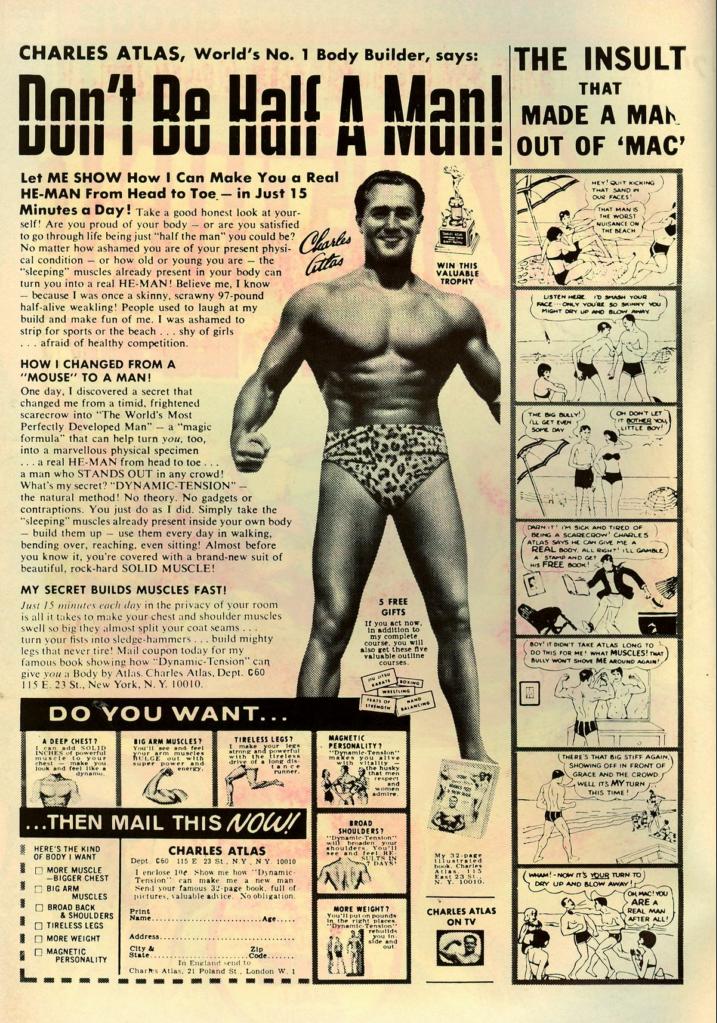

So as I set up, he tried various ways of manipulating the plywood. As it turned out he had found a scrap of wood on the street the day before, and we decided that it would make a good prop to start with.

Neither of us had any preconceived notion of what it would be. I brought my camera, tripod and a single light to his loft on lower Broadway with the idea that we would shoot something. The film “Nevada” (1974) was a result of a single afternoon of shooting with my friend, dancer/choreographer Douglas Dunn who was a former Cunningham dancer and who worked with Yvonne Rainer and the Grand Union. The little editing that I did was done with tape splices on the kitchen table. Most of my films involved relatively long takes or in camera editing. I used to carry my camera around with me and shoot at first mostly spontaneously and later my method became increasingly more thoughtful and planned. “From 1971 to 1974 when I was teaching myself to be a filmmaker I started by making super 8 films for reasons of simplicity and affordability. Still from “Nevada”, 1974, Super 8mm film transferred to 16mm film, 2 Mins 53 Secs (Loop) Atlas manipulates the representation of truth and artifice, reality and fiction in this meta-narrative. The score here masks the sound of the dancers’ feet as they play on their approproated apparatus which imbued the film with an affecting sense of complete ease and fluidity disarming the viewer to draw him into its fiction. Here Atlas deftly stages elaborate dance sequences in unlikely settings - an airport lounge, a gas station, a baggage conveyor belt - that are presented alternately as fact and fantasy. Framed and interrupted by the ironic observations of two parodic “public television” commenta- tors, the dancers play fictionalized versions of themselves in a wry tale of contemporary romance, in which the dance literally and metaphorically advances the narrative. The film is interspersed with a talk-show-style interview about the making of the film, featuring Dorothy Chiesa. The dancers are seen socializing and rehearsing, as well as dancing in site- specific locations. The work traces choreographer Karole Armitage as she drifts in and out of three different romantic relationships while working with five dancers to create a piece. Here the postmodern choreography of Karole Armitage is performed by Armitage, Michael Clark and others to American pop and Latin music. Atlas’ fascination with “narrative, psychology, dance, and flights of fantasy,” is manifested in this dynamic videodance musical. ‘Ex-Romance’ is a fictional story of a dance company. Still from “Ex-Romance”, 1987, colour, sound, 48 Mins 22 Secs Tornado Warning, 2008, Vilma Gold, London, Installation View Joints Array, 2011, New Museum, New York, Installation View

( / + ), 2011, Vilma Gold, London, Installation View The Illusion of Democracy, 2012, Luhring Augustine Buswick, New York, Installation View The Illusion of Democracy, 2012, Luhring Augustine Buswick, New York, Installation View Glacier, 2013, Bloomberg SPACE in collaboration with South London Gallery, Installation Viewĭiscount Body Parts, 2012, De Hallen, Haarlem, The Netherlands, Installation View Vilma Gold, 2014, London, Installation view You are My Sister (TURNING), 2014, Times Sqaure, New York, Installation view


 0 kommentar(er)
0 kommentar(er)
